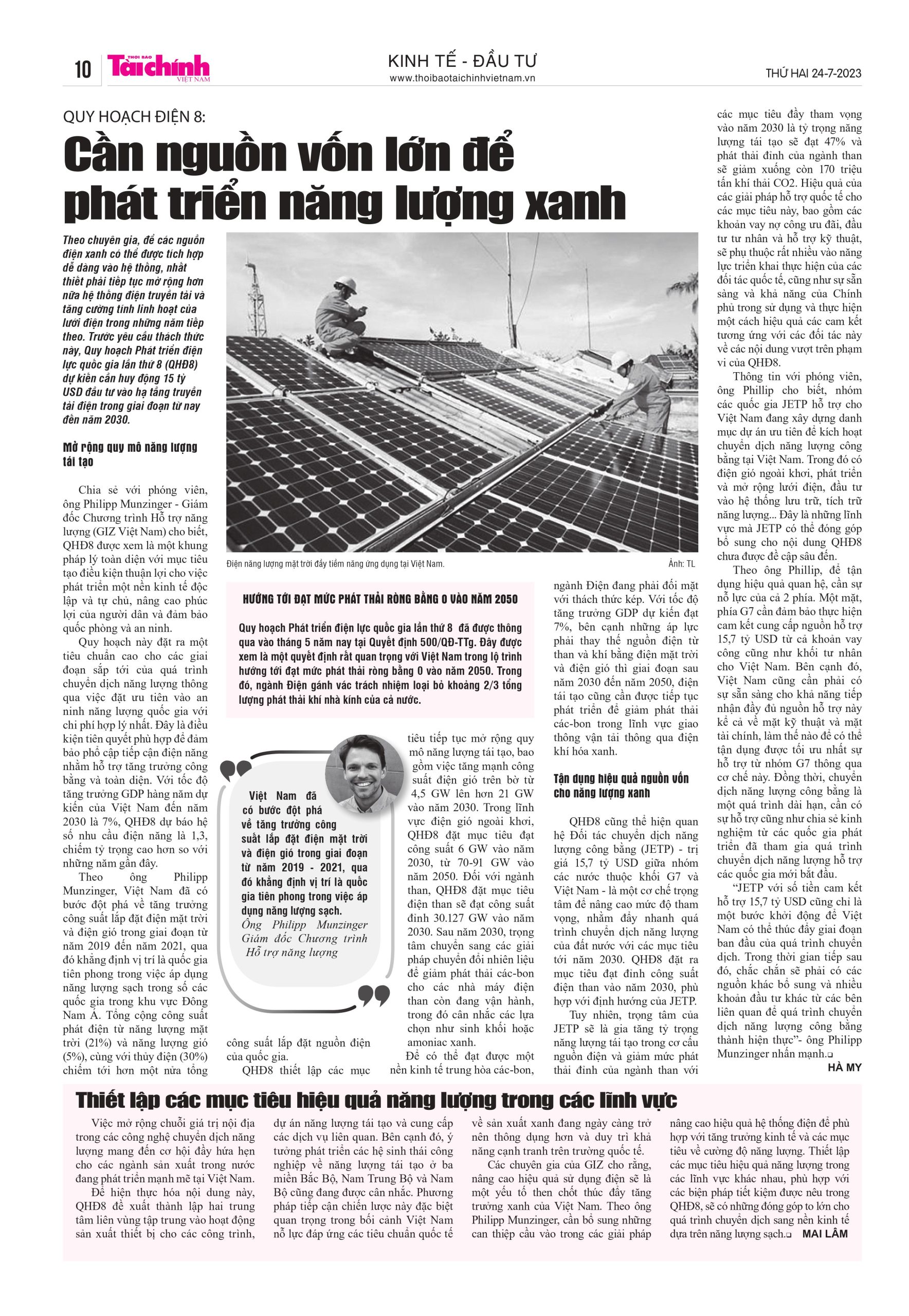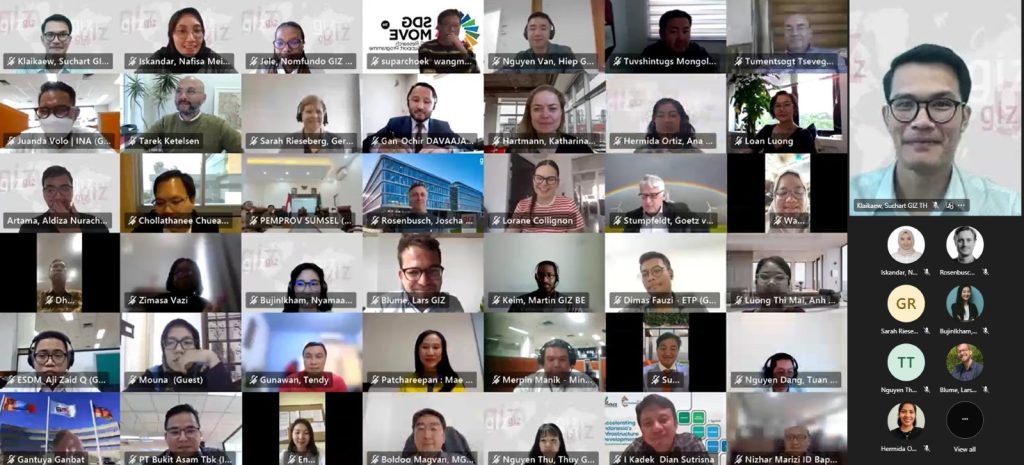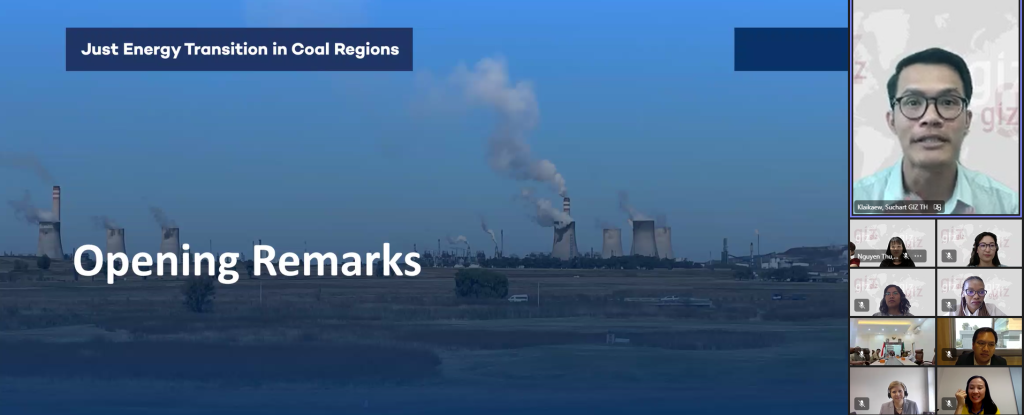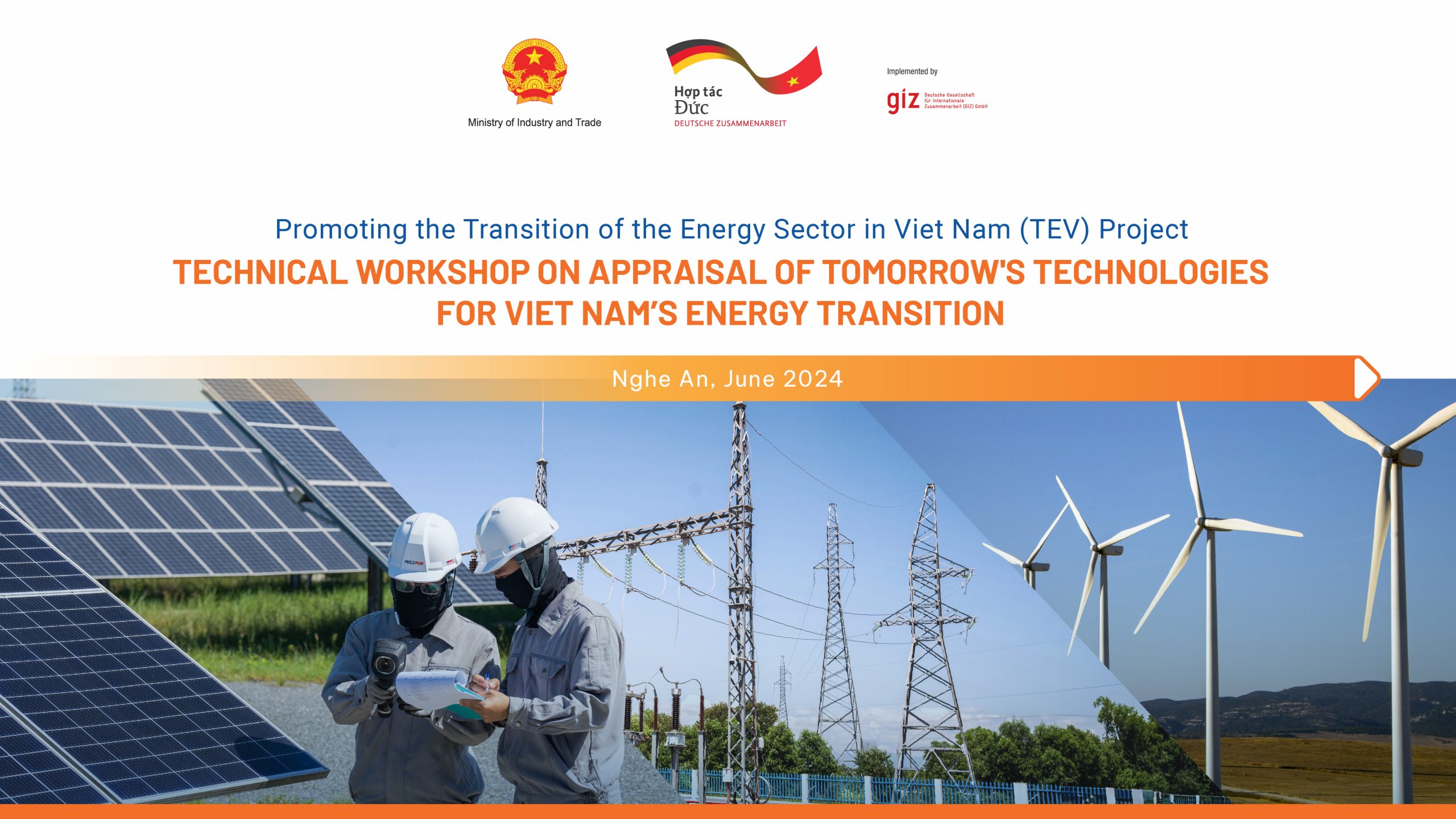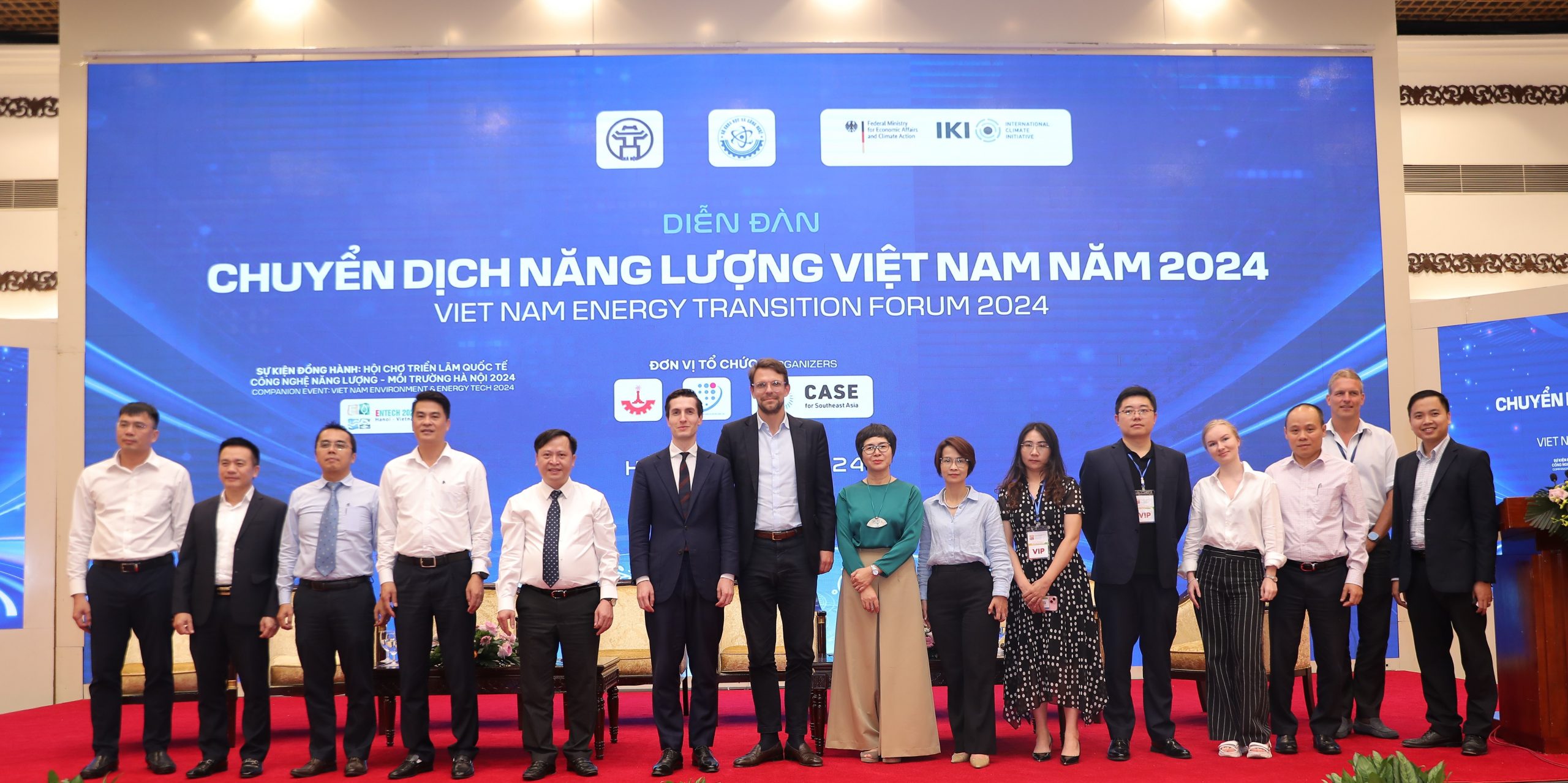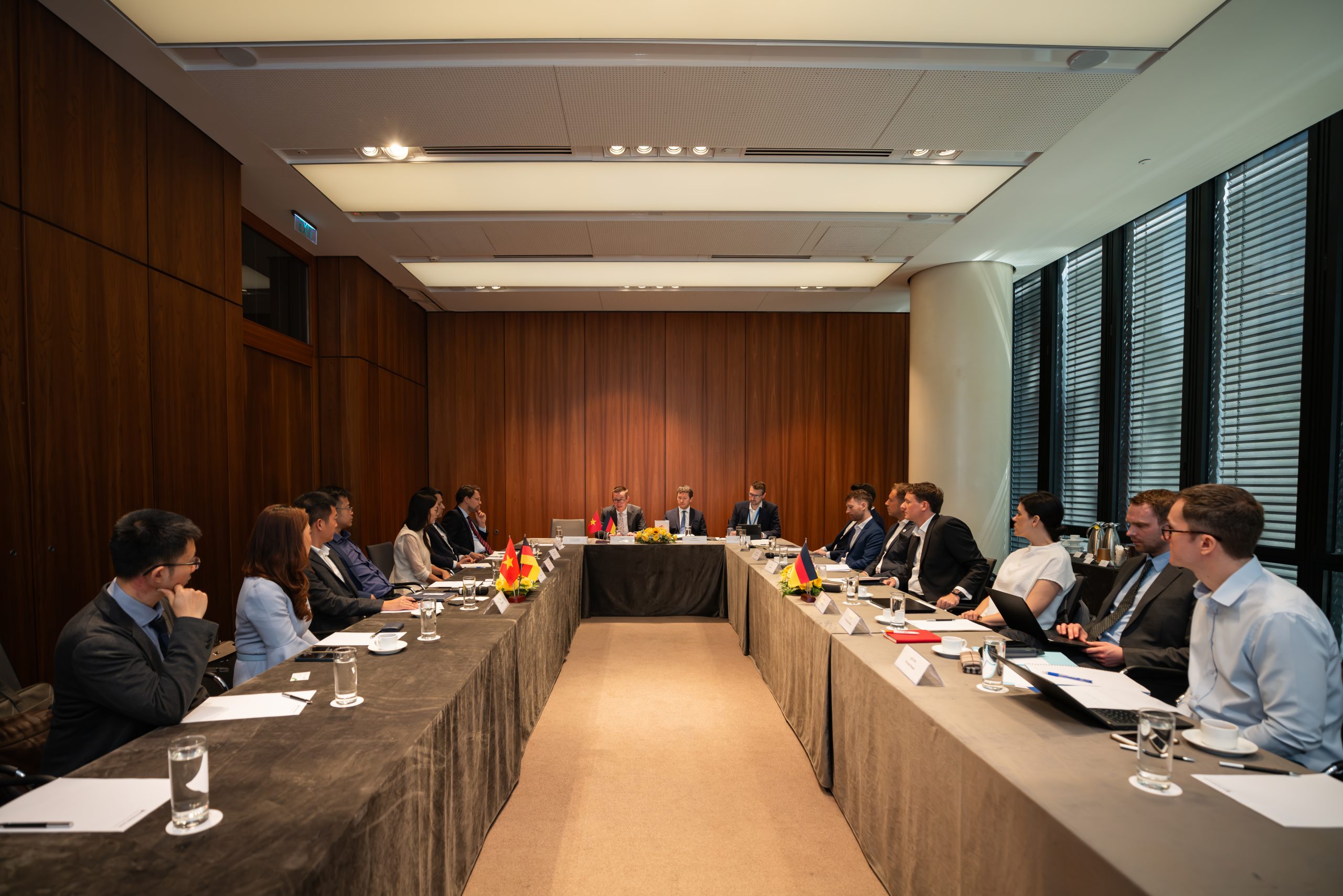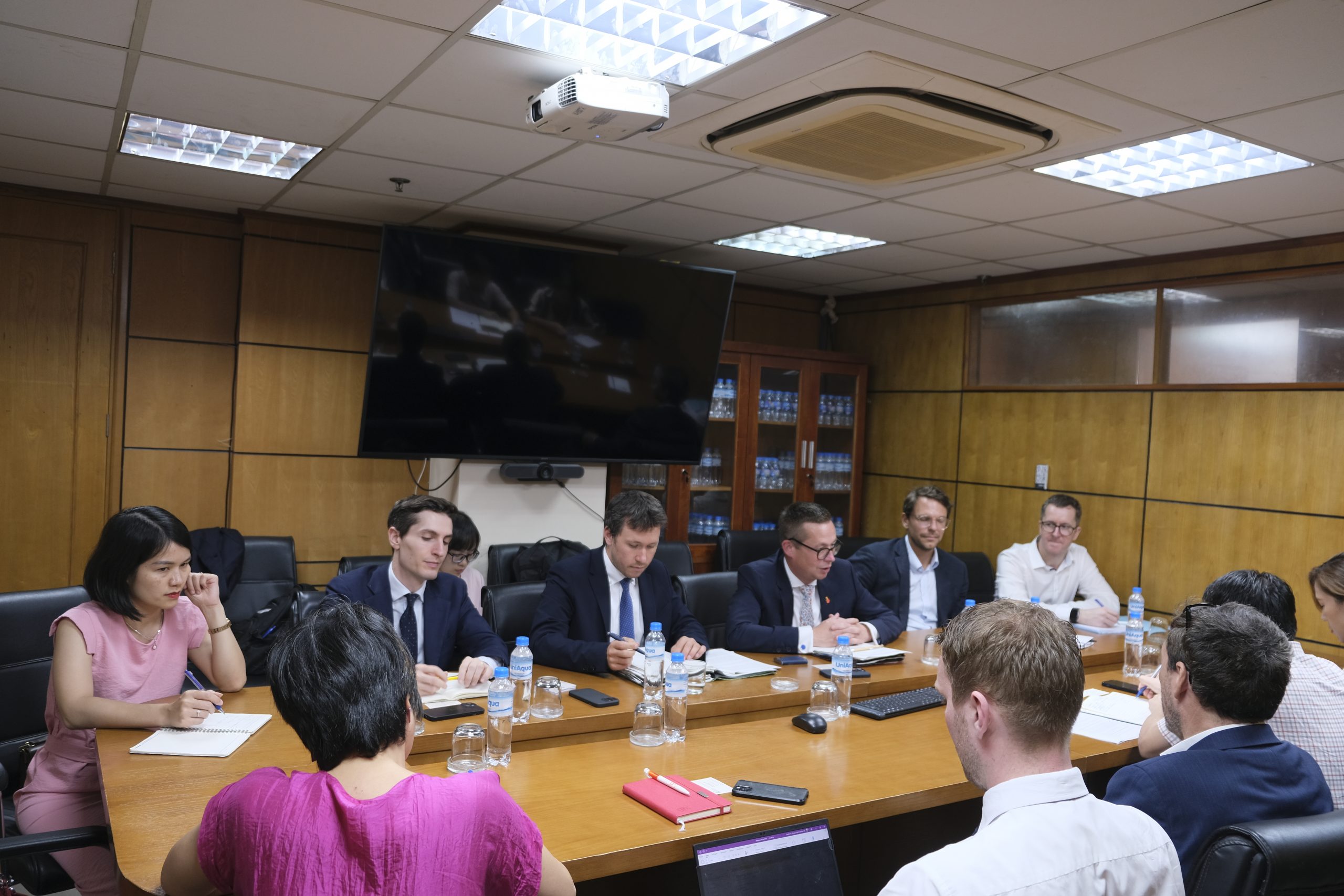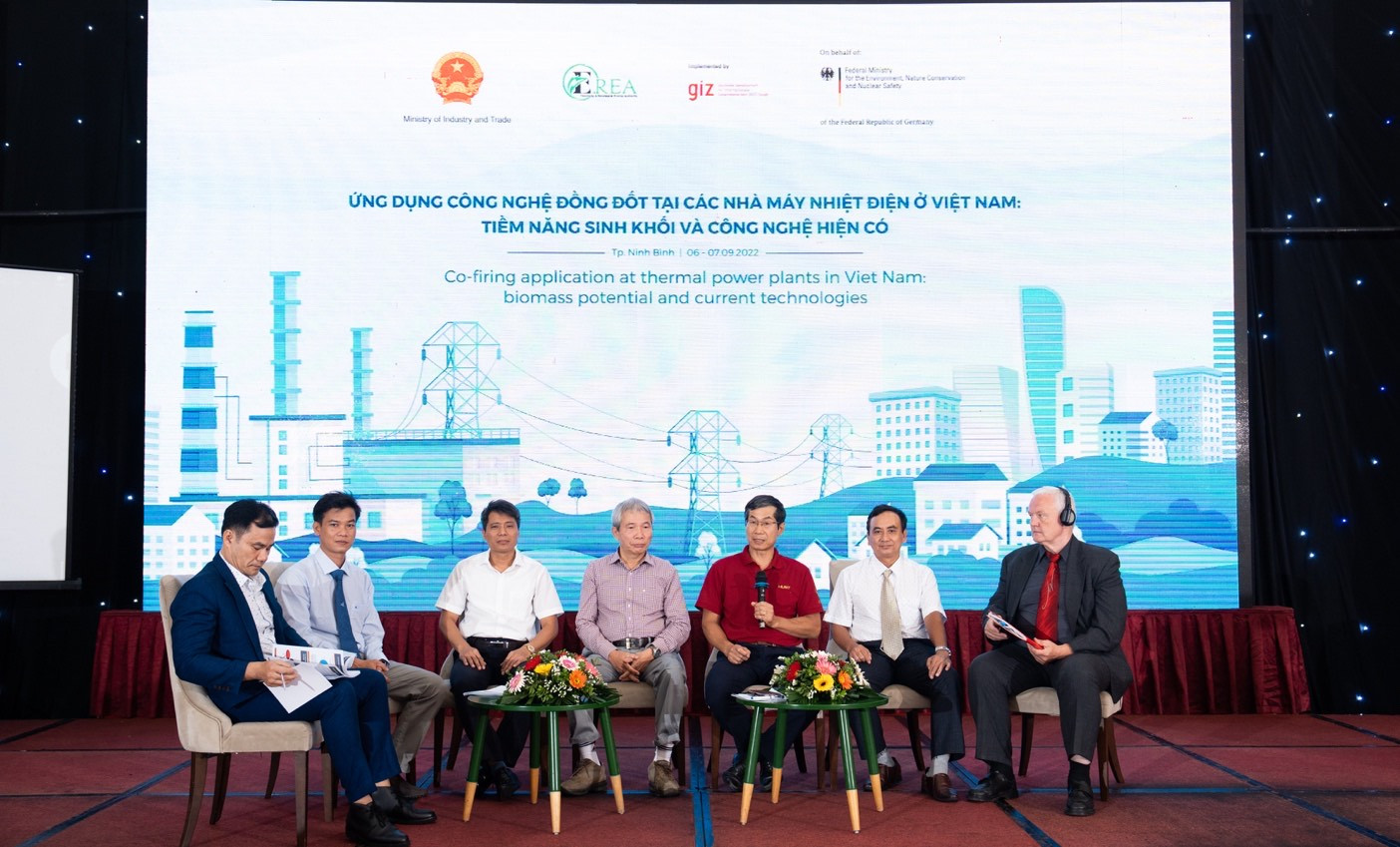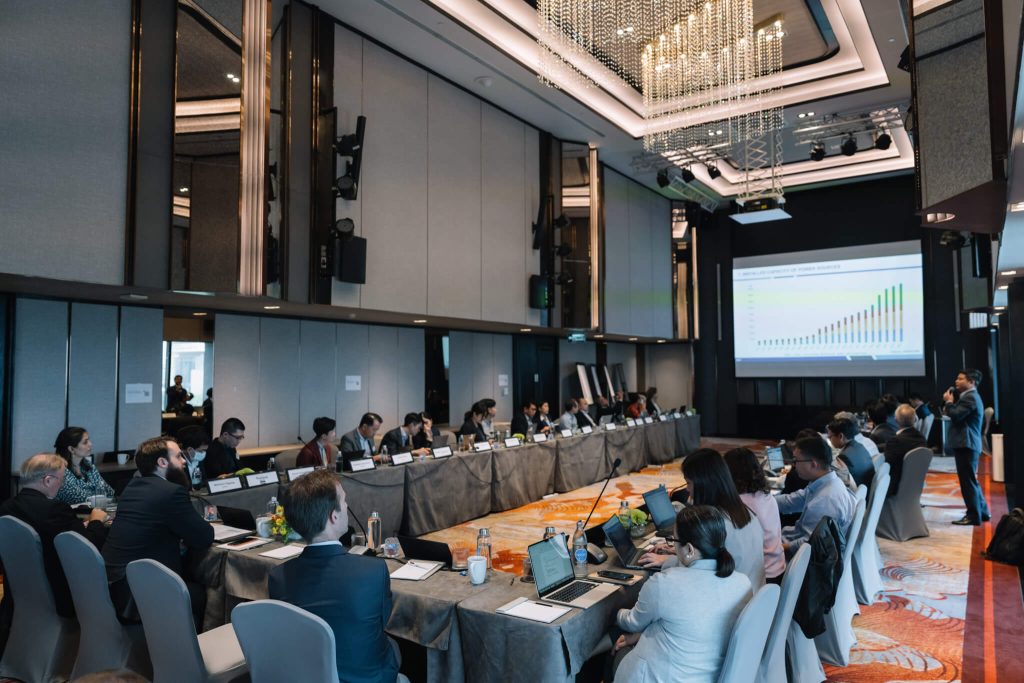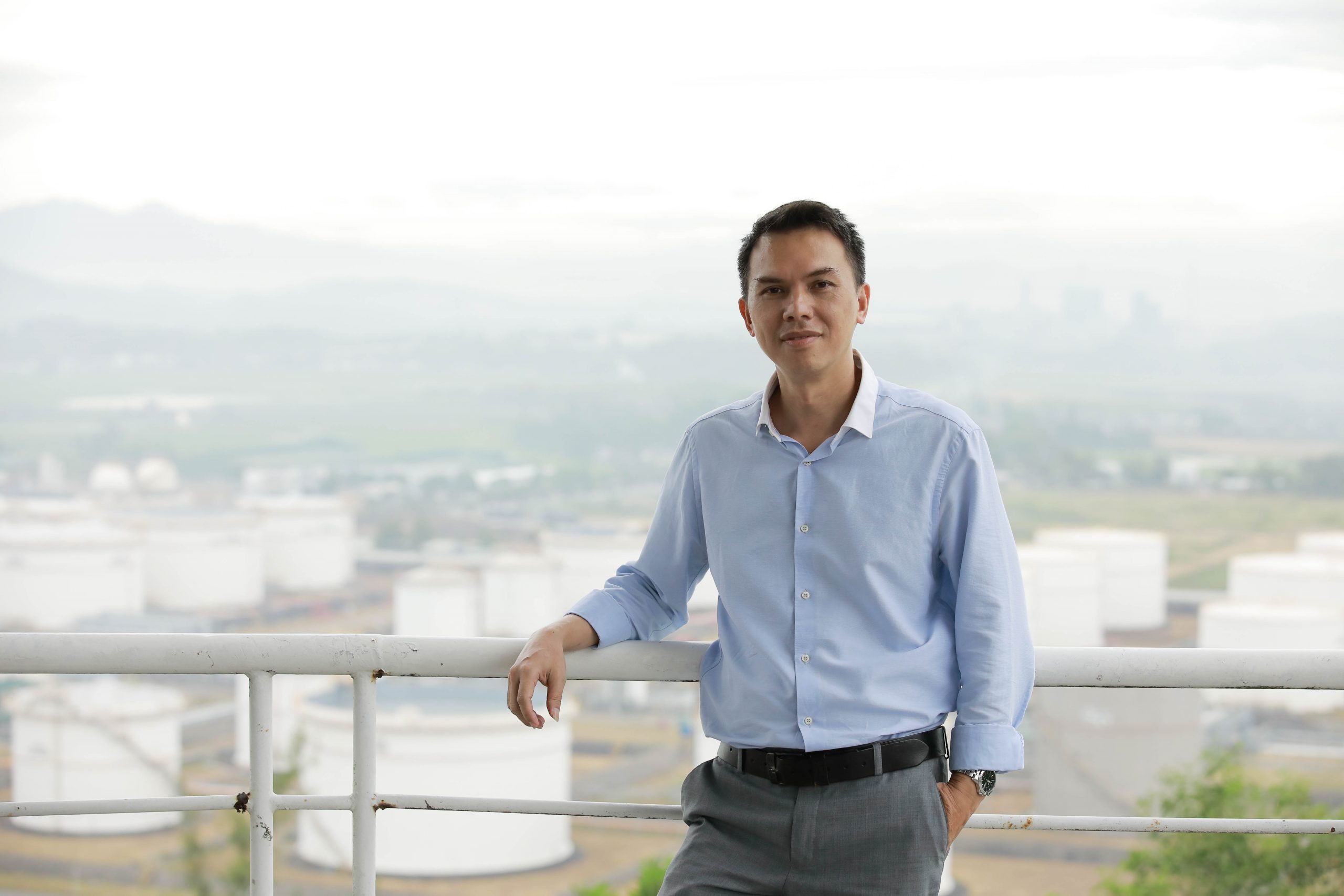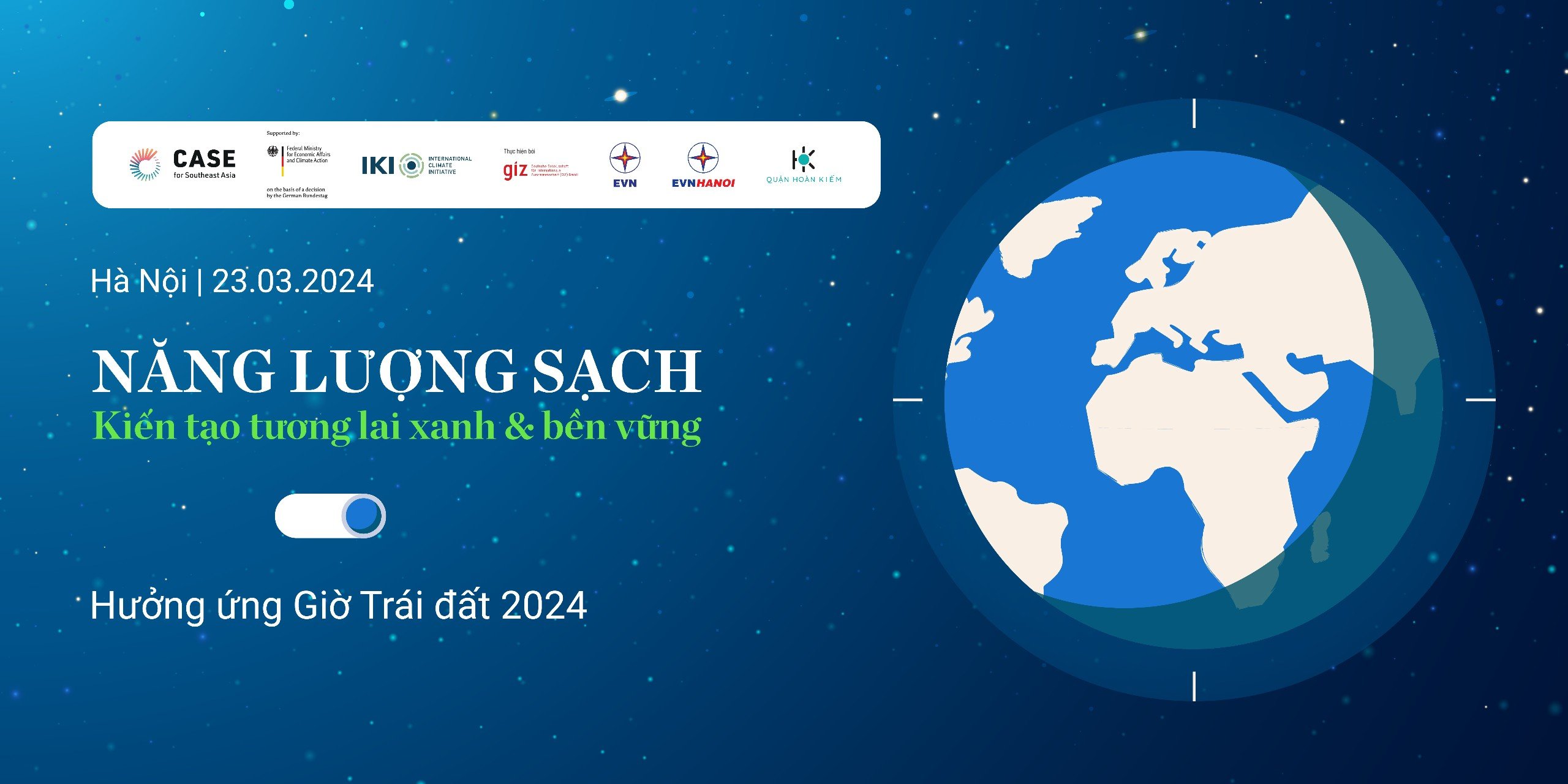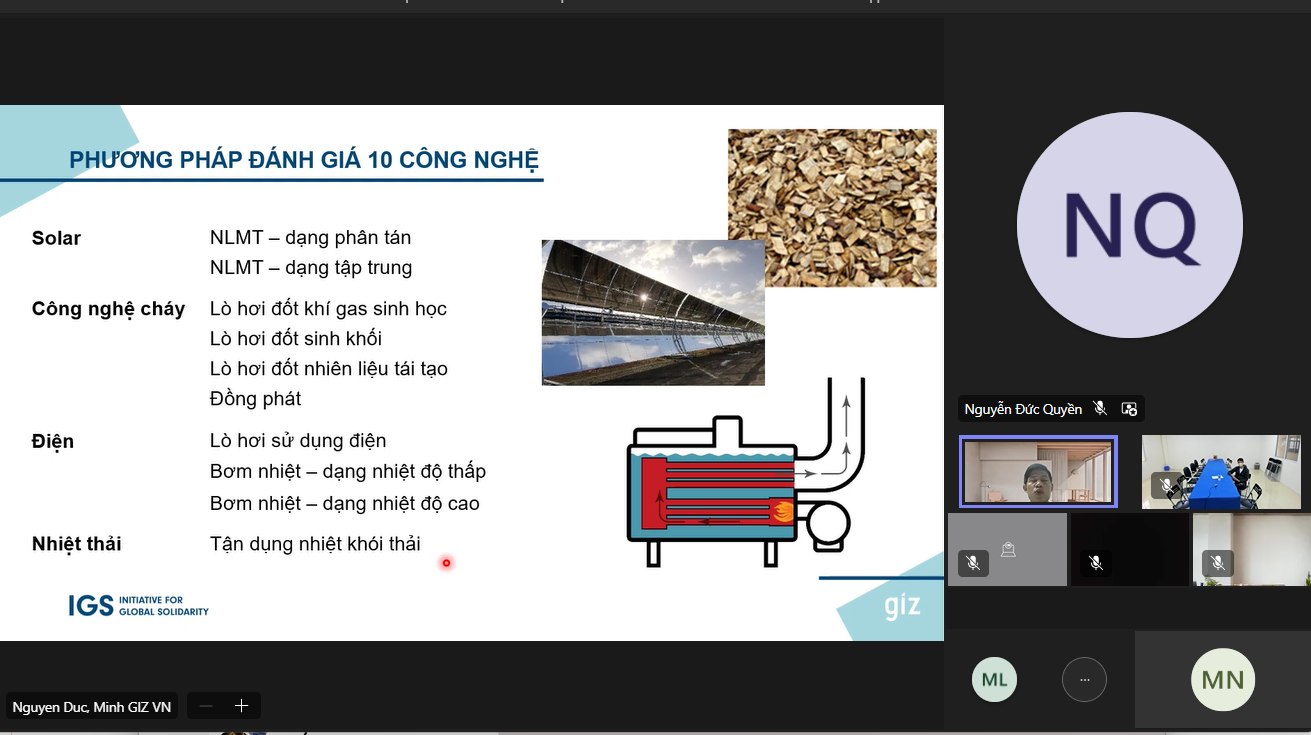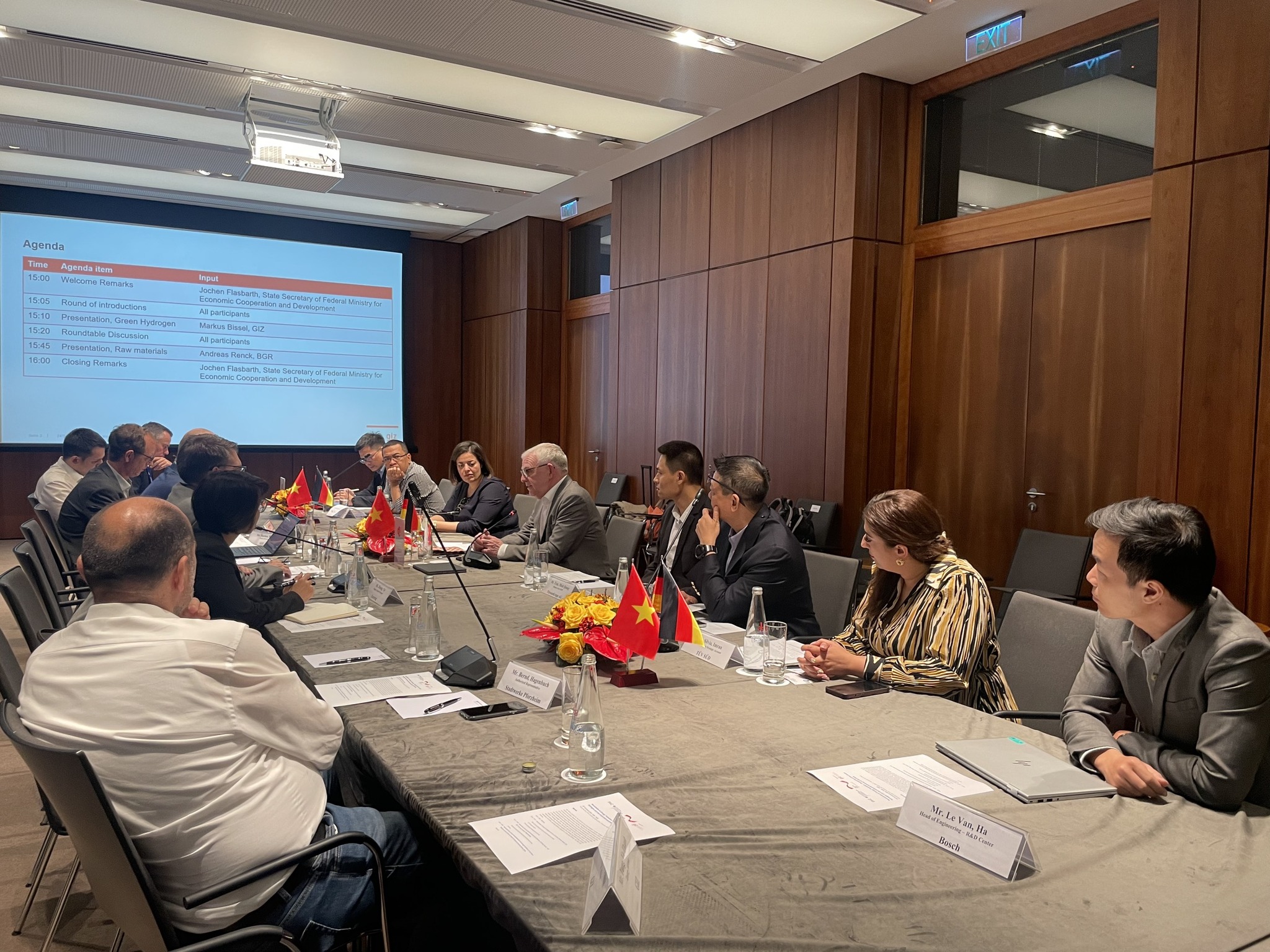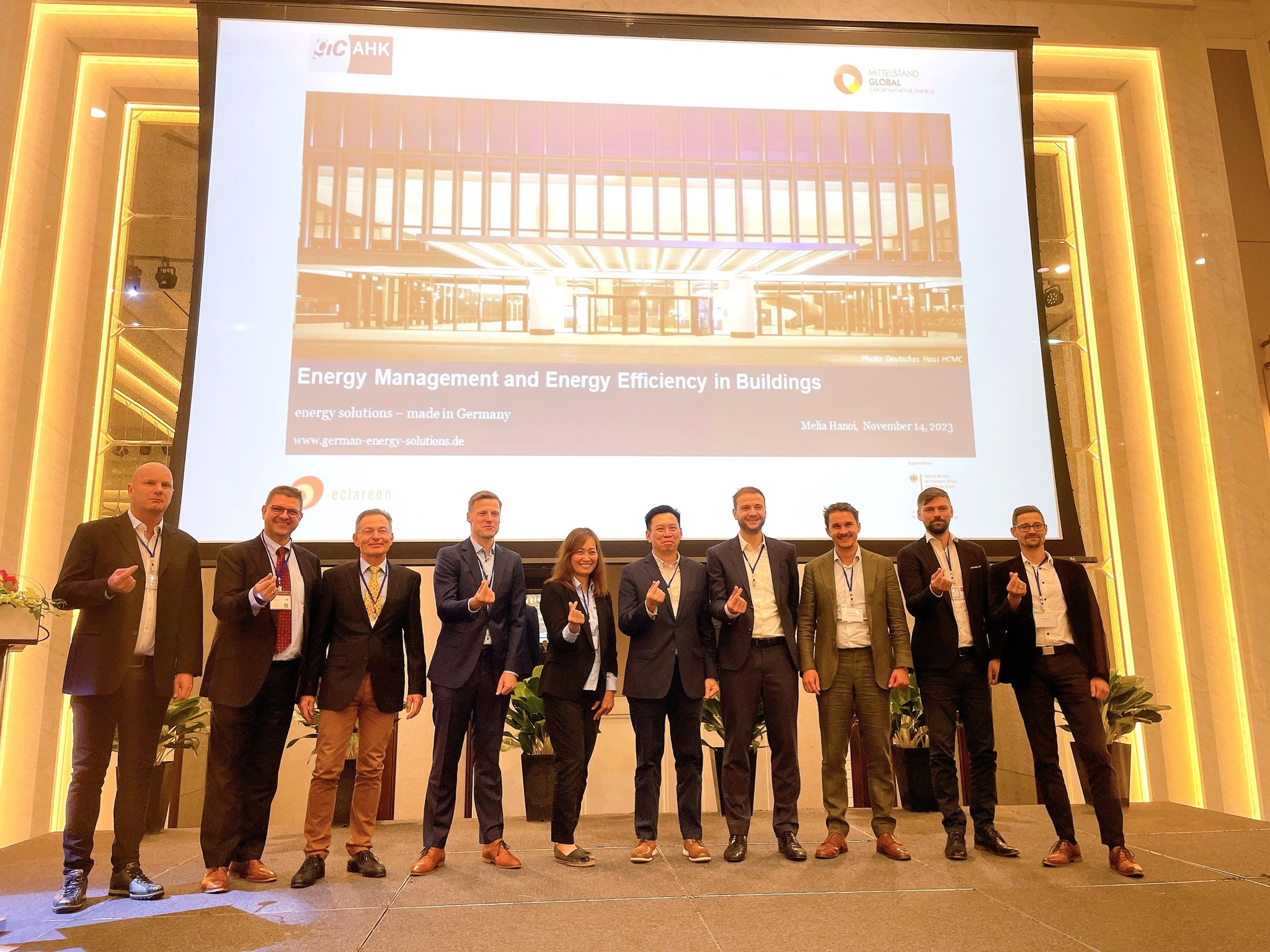The Power Development Plan VIII (#PDP8) was approved in May 2023 under Decision 500/QD-TTg. The Plan sets a high bar for the upcoming energy transition phases by prioritising national energy security at the most affordable cost, which is a rational prerequisite to guaranteeing universally accessible energy that supports equitable and inclusive growth.
With an anticipated annual GDP growth rate of 7 per cent until 2030, the PDP8 projects a power demand factor of 1.3, which means that the growth rate of electricity demand will reach 9.1% (or 7%x1.3), representing a higher proportion than in recent years.
Looking back on the developments of renewable energy in the past time, Philipp Munzinger, Director of the GIZ Energy Support Programme (ESP) confirms that Viet Nam has witnessed a remarkable surge in solar and wind power capacity growth between 2019 and 2021, positioning itself as a frontrunner for clean energy adoption among Southeast Asian nations. Solar (21%) and wind (5%) power, alongside hydropower (30%), collectively constitute over half of the country’s installed renewable energy capacity.
In the following years, the Plan establishes targets for renewable energy expansion, including a substantial increase in onshore wind capacity from 4.5GW to over 21GW by 2030. In the offshore wind sector, the PDP8 calls for a capacity of 6GW by 2030 and a total capacity of 70-91GW by 2050. In terms of coal, the PDP8 sets a target to reach 30.127GW peak coal power capacity in 2030. Beyond 2030, the focus shifts to fuel conversions, considering options such as biomass or green ammonia, to decarbonize the remaining coal fleet.
Addressing this challenge, the PDP8 envisions an investment of $15 billion in transmission line infrastructure by 2030.
As Munzinger suggests, further expansion of transmission lines and enhancement of grid flexibility in the coming years helps enable the seamless integration of the currently installed and upcoming volatile green power sources.

Viet Nam, together with G7 countries and other international partners, issued a joint declaration to establish a Just Energy Transition Partnership (JETP). This is a concrete step to mobilize financial and technological resources, to help Viet Nam develop a green economy, and deliver its ambitious Net Zero 2050 goal by 2050.
“The USD15.5 billion committed as part of the JETP agreement is just a warm-up step so that Viet Nam can accelerate the initial phase of the just energy transition. In the time to come, additional sources and other investments from all stakeholders will inevitably be required to realise the target” Munzinger emphasized.
Source: Viet Nam Financial Times
Or: https://thoibaotaichinhvietnam.vn/bao-in/so-88-24-7-2023.paper



